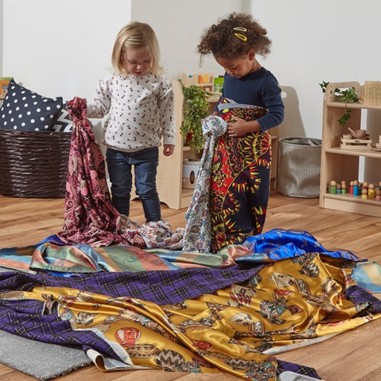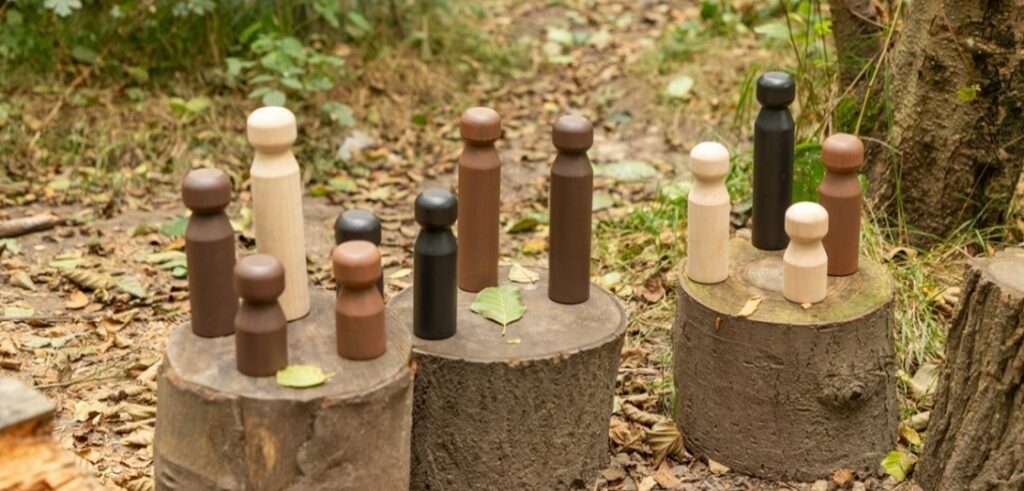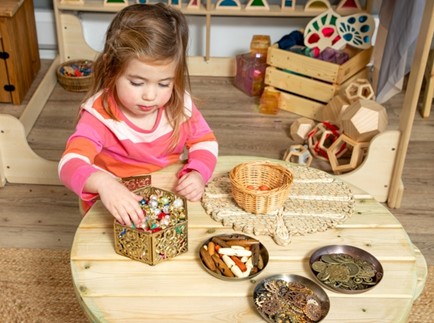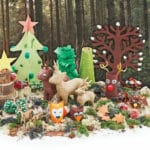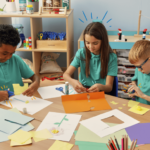
Author: Alice Sharp
As a young teacher I can remember how much time and effort went into looking at the SHAP Calender. This is a calendar of festivals around the world. We had to try and ensure we celebrated anything relevant but also introduce other festivals from around the world, to allow our children to develop a Global perspective. By doing this in a forced, outcome, tick box way it took the joy out of any ‘celebration’.
The Power of Community in Celebrations
Even though I was brought up in a tiny little unit of four I was always aware of my community. I grew up in a tiny coastal village in Argyll off the west coast of Scotland, we all knew each other, supported each other, and celebrated together, never more so than at Christmas time. We also celebrated Diwali, Hanukkah and many other festivals due to the community population.
For the whole of advent, we would go as a family to gather with others, making, laughing, singing, chatting. There would be small gatherings and large gatherings. There always seemed to be joy and hope and freedom to just be. It was all about connection, about giving, sharing time and caring for each other.
Why celebrate?
Celebrating creates opportunities for fun, amusement and entertainment. Joining in a celebration can reduce stress, tensions, anxieties. Celebrations can also give a sense of achievement; they are a great way of rewarding something well done.
Most celebrations see the coming together of friends, family or even strangers. This brings a sense of belonging and community spirit. We become surrounded by laughter, singing, dancing, smiling and connecting with others. These are all essential elements for the best quality of life.
The Role of Festivals and Rituals in Cultural Solidarity
For centuries humans have used celebrations such as rituals, holidays, festivals or just singing together to promote social and cultural solidarity.
The sense of togetherness is vital for mental and emotional health, joy, fulfilment and wellbeing. As we celebrate together for one person’s benefit, or a group of peoples shared experiences, beliefs and values, research has shown that these acts of gratitude encourage those around us to be generous, kind, and more considerate, creating a circle of reciprocal love.
Reclaiming the True Spirit of Christmas
When we think of Christmas today, we think of adverts, shopping for expensive presents and decorations, matching jumpers and pyjamas. However, we can bring the joy of celebration itself with the following activities, getting the children to focus on community and togetherness rather than the modern-day commercial excitement that has taken over.
Cheery Christmas Chatter Experience
- Place a selection of lengths of materials in a basket. Some long enough to wrap around waists, over shoulders or that can be tied in some way to create capes or wings. It is also a good idea to add strips of the materials to small wrist scrunchies or shorter ankle scrunchies that can be worn on the body for children who do not like to be wrapped.
- Offer the children some pegs and clips and sit alongside them suggesting you are looking for a material to celebrate a birthday, a festival or to celebrate your friends coming over for a cheery chat!
- Choose a piece and talk through (to yourself, but so the children hear) how you are twisting, folding, gathering the material and making decisions as to where to clip it. It could even be a smaller piece as a shawl, or headwrap.
- Talk about celebrating, having nice things to share like cookies, cakes or little savoury snacks. Ensure to pause and let the children make suggestions.
- Pose some thoughts, don’t frame them as questions, just ‘wonders’. What might you drink, will there be music, what type, will you sing together, dance, play some games?
- Resources to support: Fabrics of the World
Singing to Celebrate
- Gather a set of figures, dolls, or small world characters.
- Place them in a basket or on a small carpet tile or even a simple plate
- Invite the children to choose one or two each.
- Suggest you sing a little celebration song.
- You might change the worlds to highlight what you are celebrating.
One little, two little, three little children
One little, two little, three little children
One little, two little, three little children
Being gentle and kind
One little, two little, three little children
One little, two little, three little children
One little, two little, three little children
All are best of friends
One little, two little, three little children
One little, two little, three little children
One little, two little, three little children
Sharing a helping hand
- As you say or sing the little song invite the children to place their little people alongside the others as you sing.
- Resources to support: Wooden Plates, Oversized outdoor peg people, Diverse peg people, Children of the World
The Joy of Giving: A Celebration of Connection
Giving makes us feel happy, is good for our health, helps connections, evokes gratitude, it’s contagious!
Giving comes in many different forms. It can be buying a present for someone, giving time, giving yourself to celebrate someone else’s achievements, donating to charities, volunteering in some way for people who need it more than ourselves.
The Science Behind Giving: How It Makes Us Happy
It’s suggested that the hormone, oxytocin, is released and this induces feelings of warmth, euphoria, and connection to others when we give of ourselves.
A Family Tradition: The Gift of Unexpected Giving
We have a tradition in our family at Christmas that we should always give something to someone who would never expect something from you. It doesn’t have to me new, in fact created or gathered by you is better. The idea is about the joy of giving with no expectation of receiving. It was always about doing it with quiet whispers and smiles or in fact with the person receiving not knowing it was from you. I still do this now, my children do too.
Memories as Gifts: Creating Lasting Joy
I love nothing more than when my two give me a collection of photographs of the four of us together over the past year. Or my favourite was a number of years ago now. A simple little jar with folded bits of paper, each one had a handwritten message of how we had shared time together that year. I still have it by my bed and every now and then empty them onto the bed and smile and cry and am amazed at the love I have for my two children.
Loose Part Treasures
- Why not present and share a selection of your loose parts in a ‘gifting way’.
- Gather a few trinket boxes or small decorated cardboard boxes and place them with loose part treasure inside.
- Suggest to the children there are treasures inside each box. They could predict what they might be, what they might be for, who might like them and so on.
- Once the children discover the ‘treasures’ suggest they create a little ‘gift’ picture, pattern or pile of the objects and invite a friend to play with them.
- Resources to support: Hand woven baskets, loose parts, trinket box
Love
“There is more hunger in the world for love and affirmation than there is for food.” Mother Theresa.
Looking for more creative activities to teach global festivals? Explore our Festival Display Kits and bring cultural celebrations to your classroom today!
Bio
Alice employs her love of people and what makes them tick to approach the world of the child and the journey they take in a truly unique way.
Alice has been a teacher for 30 years. She is fascinated by how children develop and learn. What makes each of them tick, what challenges them and what delights and inspires them. This shapes her thinking every day! This curiosity and intrigue gives Alice a unique and quirky perspective on children and their journey into learning through play.
